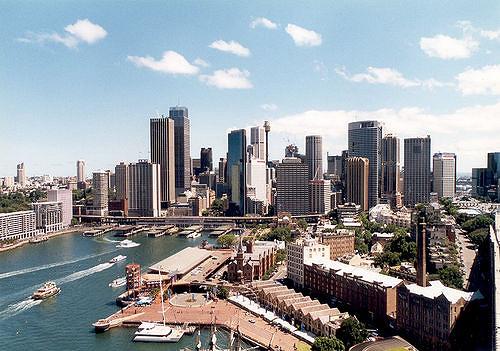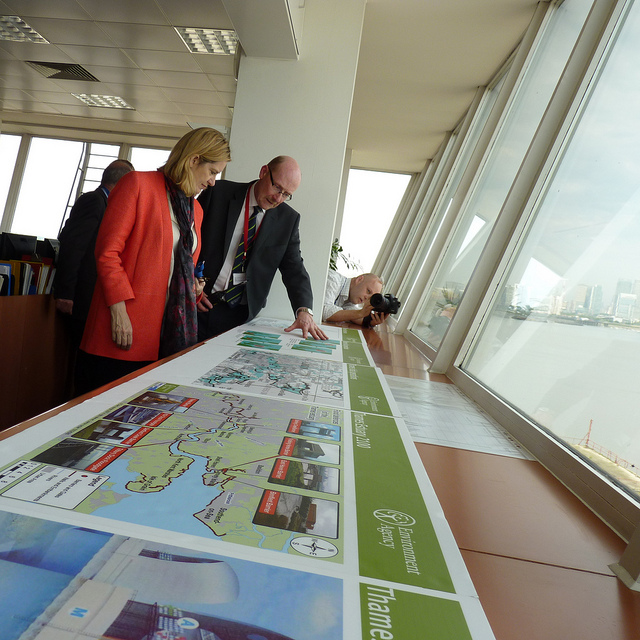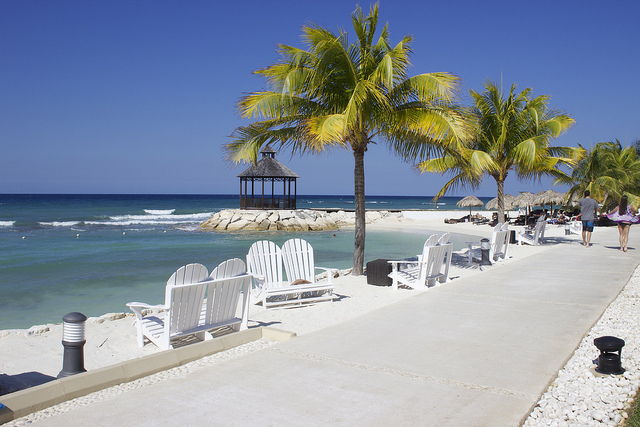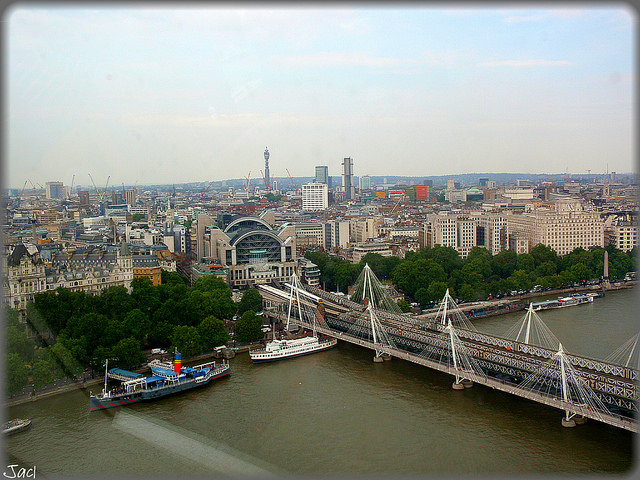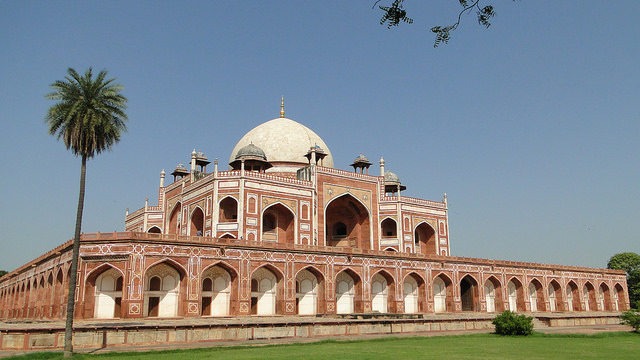In June 2016, Workpermit.com reported how top US Army General, John Nicholson, urged US lawmakers to preserve the Afghan immigration visa programme for those Afghan civilians who aided the US-led coalition in the fight against the Taliban. Three months on, and more than 12,000 of them are still waiting for their US visa.
Topical:

